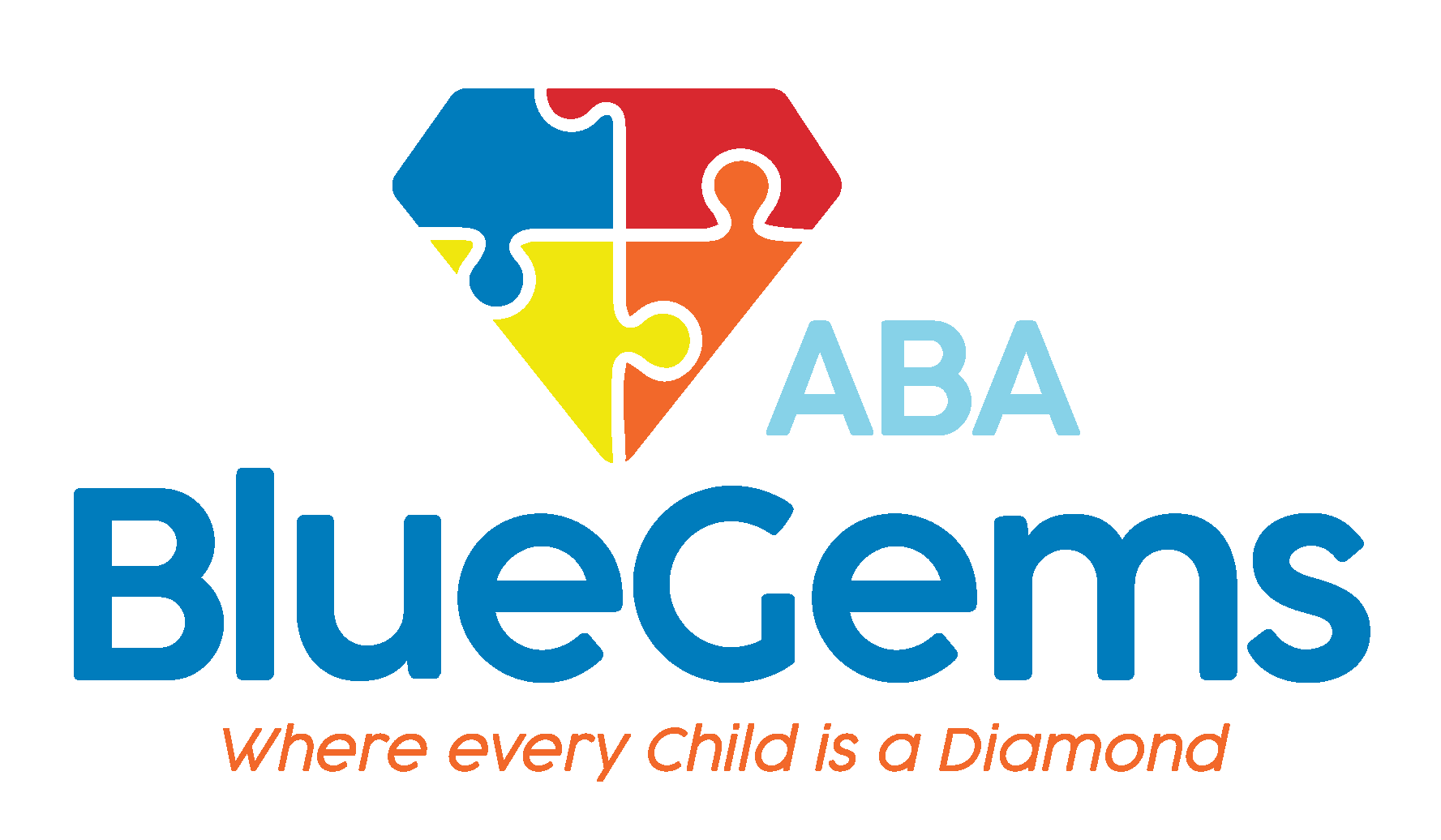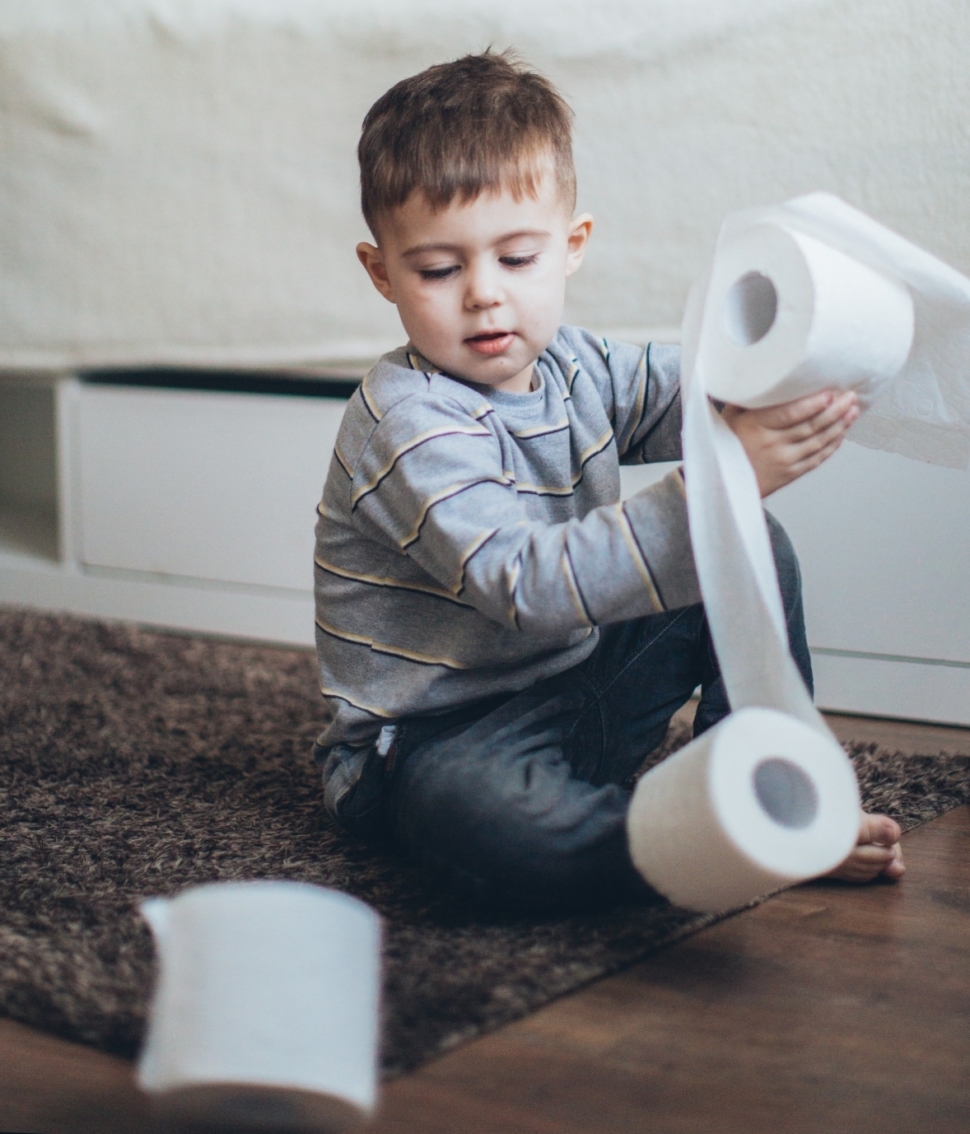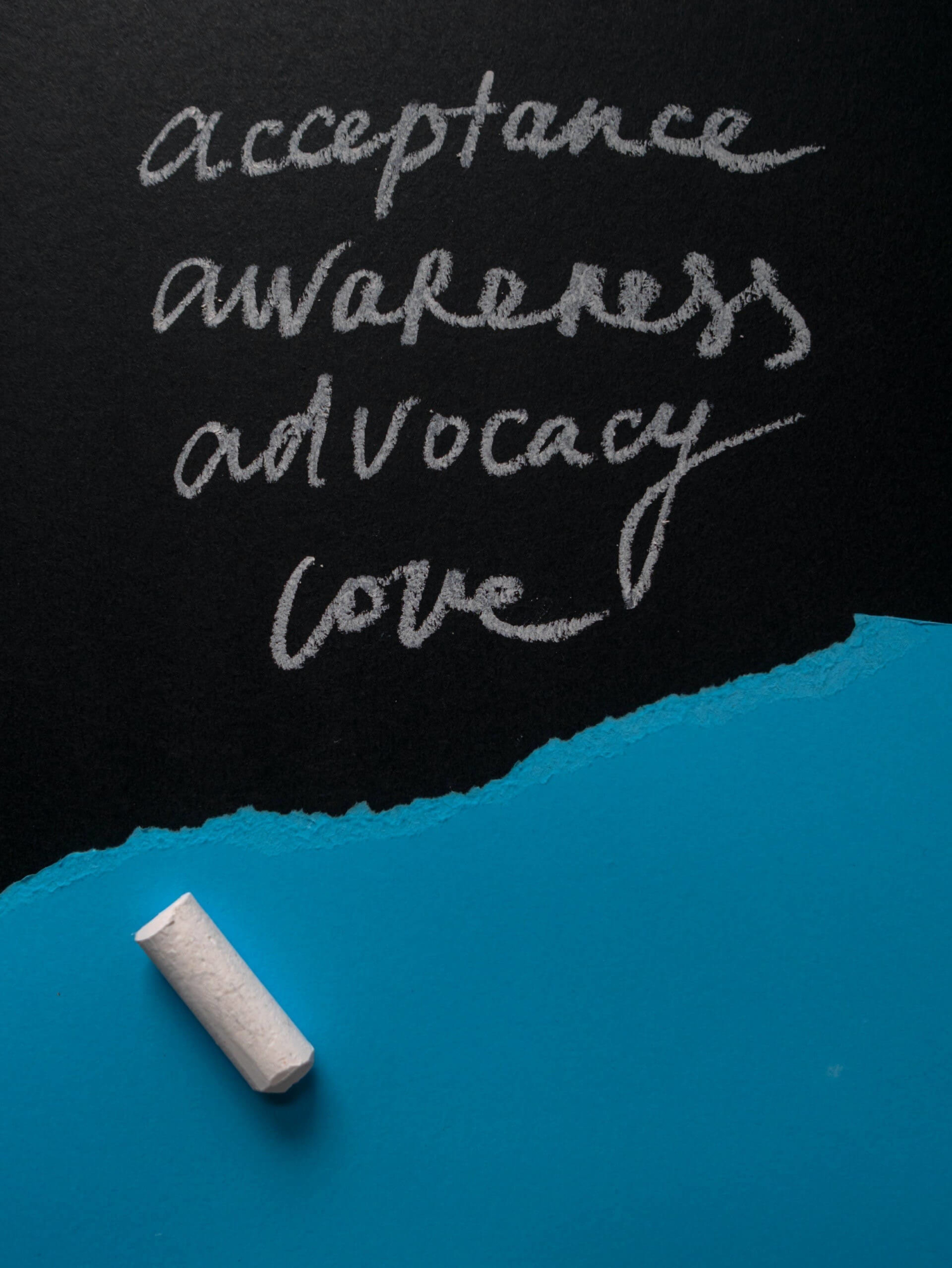Toilet Training Guide for Your Child with Autism
Training your child to use the toilet can be extremely hard especially for a child with autism. It takes an enormous amount of patience and time. However, it’s an important part of helping them learn about the body and develop skills necessary for life. Below is our step by step toilet training guide for your child with autism.
Understanding the hardships with toilet training a child with autism
Most children show signs of interest that they are ready for toilet training. Such as, verbalizing the need to sit on the toilet, indicating the need to feel dry or clean, pulling down their pants and sitting on the toilet, or having more bladder control by staying dryer for longer periods of time throughout the day. However, these signs may be irrelevant to a child with autism. Children with autism may have less sensitivity when it comes to being dry or clean. They might have trouble pulling down their pants, or just verbalizing their needs. Some children fear siting on a toilet or hearing a flush. Understand that a child with autism does not have the usual peer pressure, need to feel clean, the desire to be independent, or sometimes just have a developmental delay. Children with autism can have a medical issue that is stopping them from wanting to toilet train. Knowing the problem can help you solve and figure out a way to meet your child’s needs.
Steps to take to help your child toilet train
Well Check Up
See your pediatrician to check or treat any stomach issues. It’s important to assure your child does not have any constipation that’s causing them to not want to toilet train.
Schedule
Make toileting a part of your child’s schedule. Having a consistent routine will help train them to be aware and know that it’s a part of their day.
Don’t Ask Tell
Make sure to tell your child to “use the bathroom “don’t wait for them to ask you.
Set A Timer
Spend a set time on the toilet with breaks. This way your child will know when the toilet sit can end.
Encouragement & Rewards
Praise your child, clap or cheer for them when they use the toilet. Give them their favorite treat or toy.
Visual Support
Create a visual support or schedule by showing your child each step of using the toilet. You can use the Picture Exchange Communication System (PECS) and hang it in the bathroom.
Fun Activity
Allow your child to watch a video to distract them during their bowel movements.
Don’t Flush
If your child is sensitive to the sound, make sure your flush after the child leaves the bathroom
Comfortable Toilet
Cushion the toilet seat or add handles for the child to feel safe and secure.
Never Give Up
Have patience, it can take a few weeks for it to become a habit and part of their routine.
For any additional steps or resources, please do not hesitate to contact us.




